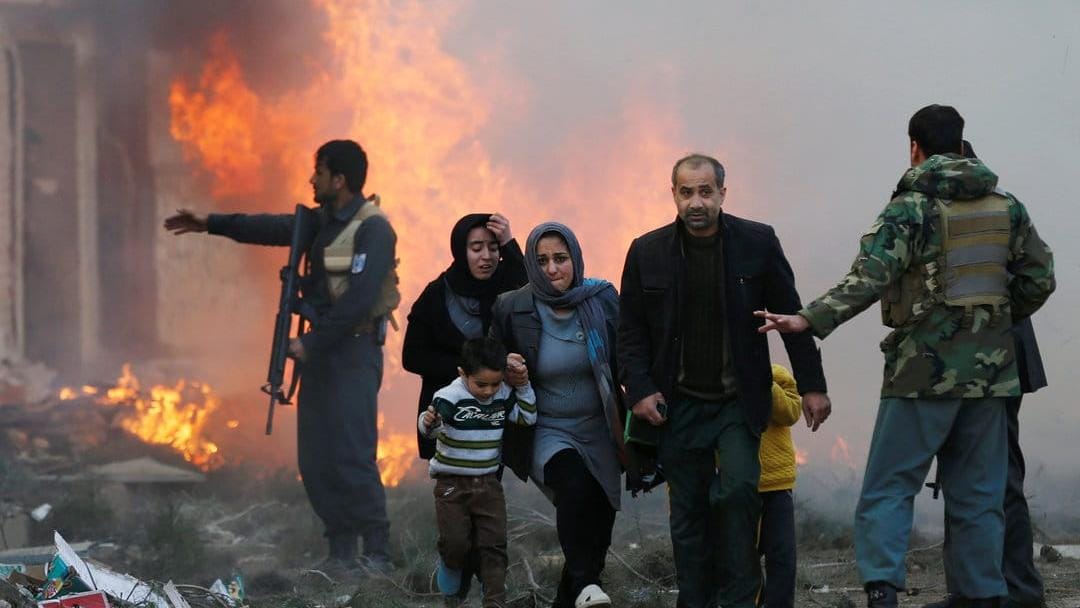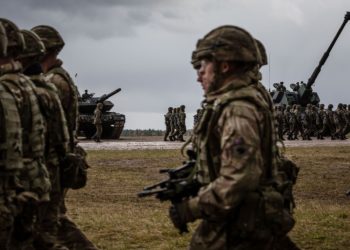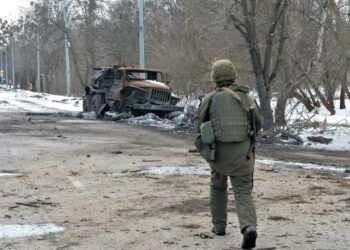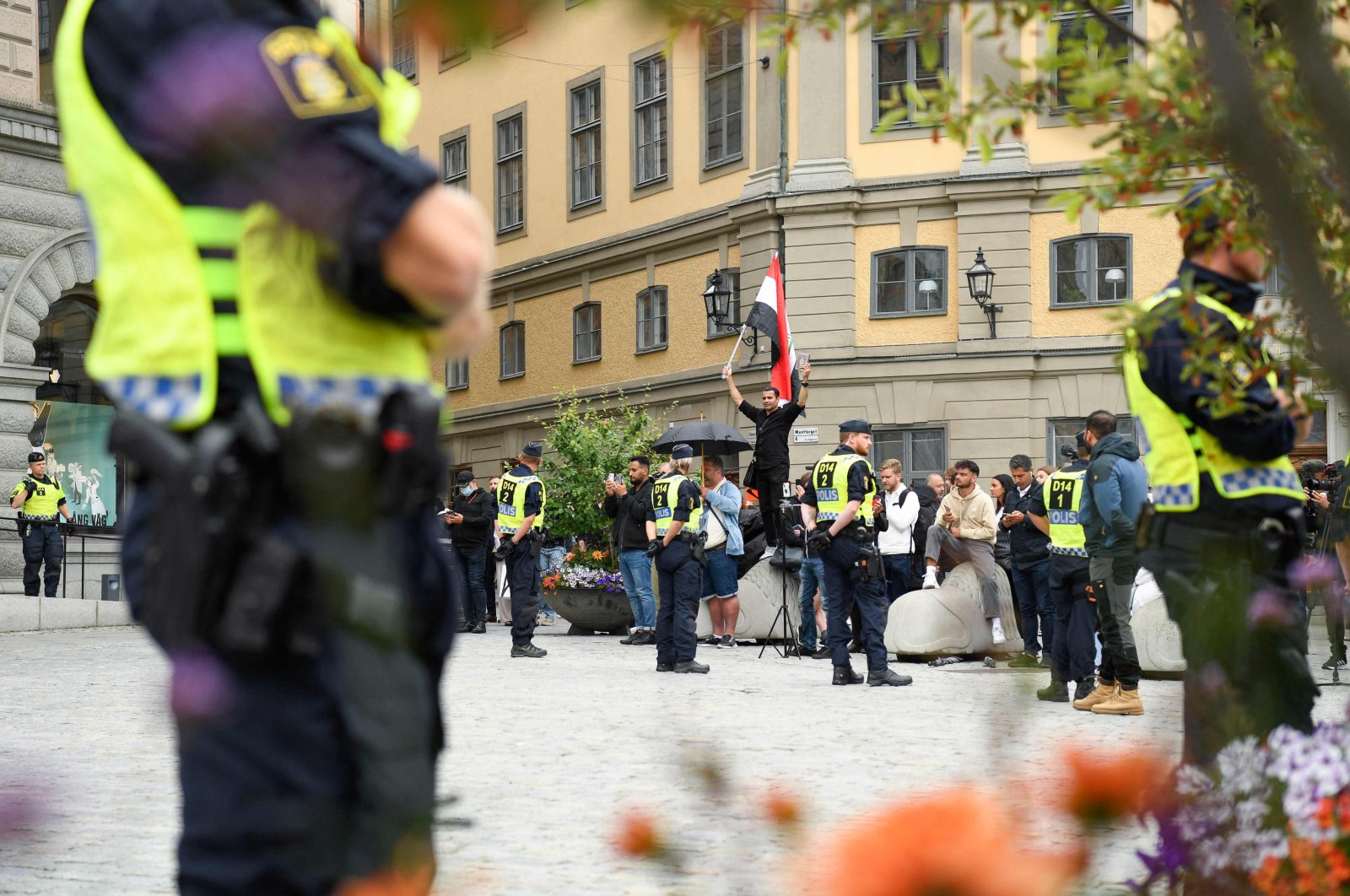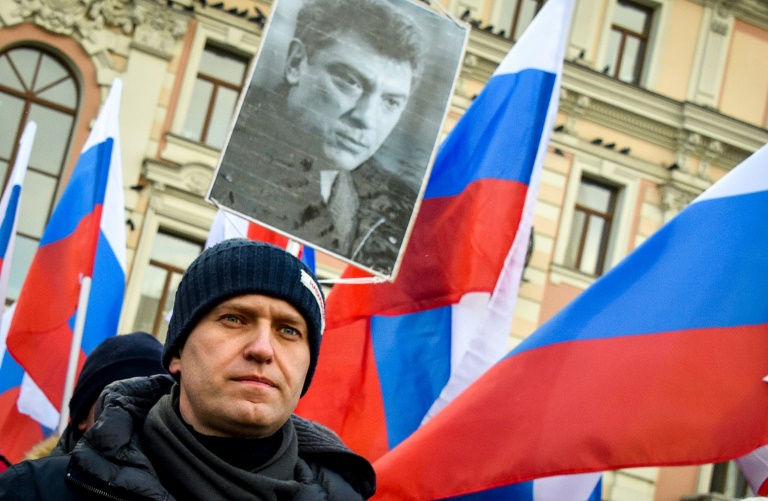According to the UN, 1,692 Afghan civilians have been killed in the conflict in the first half of 2018 alone. If this disturbing trend continues, the number of civilian casualties in a single year will exceed the combined military deaths of all coalition forces in Afghanistan between 2001 and 2016. Perhaps even more troubling is that 2018 saw a 52 percent increase in air raid victims.
Although many of the deaths were a result of Taliban and Islamic State (IS) operations, U.S. and Afghan airstrikes were still a major contributor to the misery of civilian life in Afghanistan. If these numbers can be trusted (UN reports often under-estimate deaths and casualties due to the extreme difficulty in verifying casualties in conflict zones), the human toll in this conflict has been devastating, and in recent years, it is getting worse – not better.
There can be no doubt that the people of Afghanistan have suffered the highest losses. As of October 2015, U.S. and coalition militaries reported a total of 3,408 soldiers killed in Afghanistan, while the lowest estimates for civilians killed in the same period with roughly 31,00 to 37,000 is about ten times as many. When one includes all casualties and those lost due to the indirect causes of war, like displacement and famine, the ratio of Afghan civilian losses to allied military losses goes from 10:1 to a staggering 100:1.
Views of the West
For the average news savvy Westerner, the war in Afghanistan is now off the radar screen. Once the U.S. and most of its NATO allies publicly proclaimed an end to “combat operations,” the general view in the West is that this war is over. Even at the peak of Western intervention, the public glimpse of this ugly conflict was heavily skewed.
Commenting upon America’s long and divisive involvement in Vietnam, Professor Marshall McLuhan famously wrote that “Vietnam was lost in the living rooms of America – not in the battlefields of Vietnam.” By this he meant that unfettered media access in Vietnam meant that Americans could sit and watch the horrors of this war on the nightly news and see their own brave young soldiers die, and even worse, they could watch how the brutal destruction and violence that their military unleashed was having devastating consequences for the civilians in Vietnam. It was a combination of what the public viewed as unclear political objectives in Vietnam and increasing empathy for the participants and victims of this war that eventually eroded America’s “will to win.”
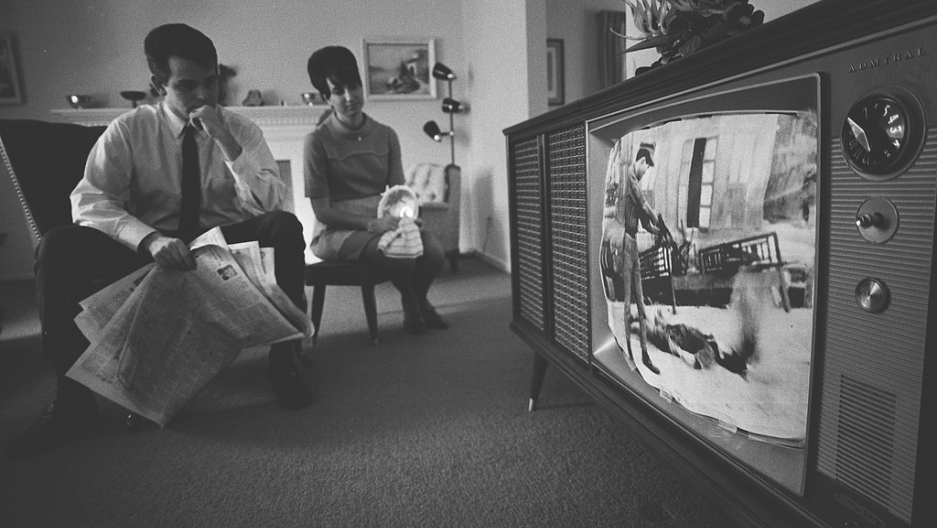
This lesson was not lost upon the U.S. and other Western militaries. Post-Vietnam wars of Western intervention have become as much wars of public relations as they have been violent conflicts. Starting with the 1990 Gulf War (the first significant U.S. post-Vietnam military intervention) media access to war zones has become tightly controlled, and most Western media’s only safe access has been to be embedded with American or allied troops.
No doubt that this dependence on the soldiers of one side for security tends to influence reporters and their views on the conflict. For the Pentagon, images of injured or dead American soldiers, or worse, images of innocent civilians being killed or wounded at the hands of Allied forces, is to be avoided at all costs.
At the same time, the honor and bravery of Western soldiers has also become highly controlled. As America and NATO became bogged down in Afghanistan for the long haul, media reports on the bravery of coalition soldiers and its heroes became the norm. Most of the news on the day to day lives of Afghan civilians centred mostly on all of the good that the NATO mission was bringing to the country – the building of roads and schools, the liberation of civilians from brutal regimes, and the belief that Western supported democracy could bring political stability to this “failed state.”
With most images “approved by military censors,” much of the news was noticeably silent on the brutal violence experienced by soldiers on all sides, and almost nothing was reported on its devastating impact on the people in Afghanistan.
As early as 2003 some Western scholars and many Middle Eastern media pundits had begun to comment upon the combination of the then Western media’s saturation of the glorifications and celebrations of the brave sacrifices made by Western soldiers in the War on Terror, and the deafening silence on the disproportionately high loss of life in those largely Muslim societies where these wars were being fought. It led scholars like Derek Gregory to comment that in the War on Terror, Western lives have great value, and the lives of Muslims simply do not matter.

It should come as no surprise then that while UN reports and the voices of humanitarian groups still active in Afghanistan are trying their best to remind the world of the humanitarian crisis that is continuing in Afghanistan, many Westerners are either unaware of the crisis or are completely indifferent to it. In this sense, conditioning matters.
What the recent UN reports out of Afghanistan highlight is a very disturbing longer-term trend in modern war that deserves to be examined from a purely moral and ethical point of view. Although the business of counting war dead is a depressing and controversial game, many have noted that recent wars involving U.S. and Western intervention in mostly developing societies (and in recent years, primarily Muslim societies) has resulted in dramatic increases in the ratio of civilian to military deaths in war.
One UNICEF report on the impact of armed conflict on children reported that from the start of the 20th-century until the start of the 21st-century, civilian fatalities in wartime have risen from only 5 percent of deaths to more than 90 percent in the most recent conflicts. Economist Ruth Sivard backs these claims up through an academic analysis of war data.
Of course, much of this depends upon on how you count war dead. Most militaries only include those directly killed in military action, while others include those who die of the indirect results of war, such as through displacement, famine, and disease. Even the lowest ratios counted by Western militaries put the civilian percentage of war dead in the range of 60 to 70 percent. Any way you measure it, the numbers are high. The political consequences of largely wealthy Western states engaging in wars in places where many of the local citizens are often poor, vulnerable, defenseless, and often already victims of brutal regimes, are significant.
The overwhelming superiority of the capabilities of U.S. and its allies’ militaries (particularly air power) has only made this situation worse. With not just air superiority but often complete air domination in both surveillance and firepower, American aircrafts and drones have an almost totally unchallenged ability to unleash their lethal firepower at will. And while the U.S. Air Force and coalition air forces insist that civilians are never deliberately targeted, many civilians die as a result of Western air attacks.
Western Air Dominance as Propaganda for Terrorists
The recent UN reports indicate that those numbers are increasing. Clearly, the U.S. and its Western allies are hesitant to admit that civilians are being caught up and victimized in these attacks, but there can be no doubt that groups like the Taliban and IS are quick to seize upon these events for their own purposes.
Air domination and the pinpoint targeting of insurgent leadership has been used specifically to place fear and uncertainty in the minds of rebel leaders, but those very same leaders will use the high civilian death rates in air attacks as evidence of the brutality of Western governments. The pain and suffering of civilian populations as a result of continued Western intervention has become an important recruiting tool for groups such as the Taliban and IS and has often become a catalyst in spreading their political views and anti-Western rhetoric.

While smart weapon technology might be used by the U.S. to destroy insurgent leadership, the demonstration of air domination and increased civilian casualties also places a widespread sense of fear, vulnerability, and hatred of foreigners (usually Western) throughout Afghan (and other) societies.
In the end, the war in Afghanistan is sadly representative of the devastating consequences of modern wars. Although much of the killing of civilians in this war is a result of Taliban and IS operations, the U.S. and the West cannot simply walk away from this conflict and deny that foreign intervention has had anything to do with the current crisis.
The general Western ignorance of the human costs in this war which are overwhelmingly felt by Afghan civilians is clearly the result of how modern Western societies have turned the optics of modern wars into the practice of managing public relations. Sadly, for Western societies, our collective ignorance means that unleashing our lethal military power in ways that have devastating and alienating consequences in non-Western societies continues below the public radar screen. Even more sadly for the people of Afghanistan, this makes finding a solution to their plight all the more difficult.
Disclaimer: The views and opinions expressed here are those of the author and do not necessarily reflect the editorial position of The Globe Post.

